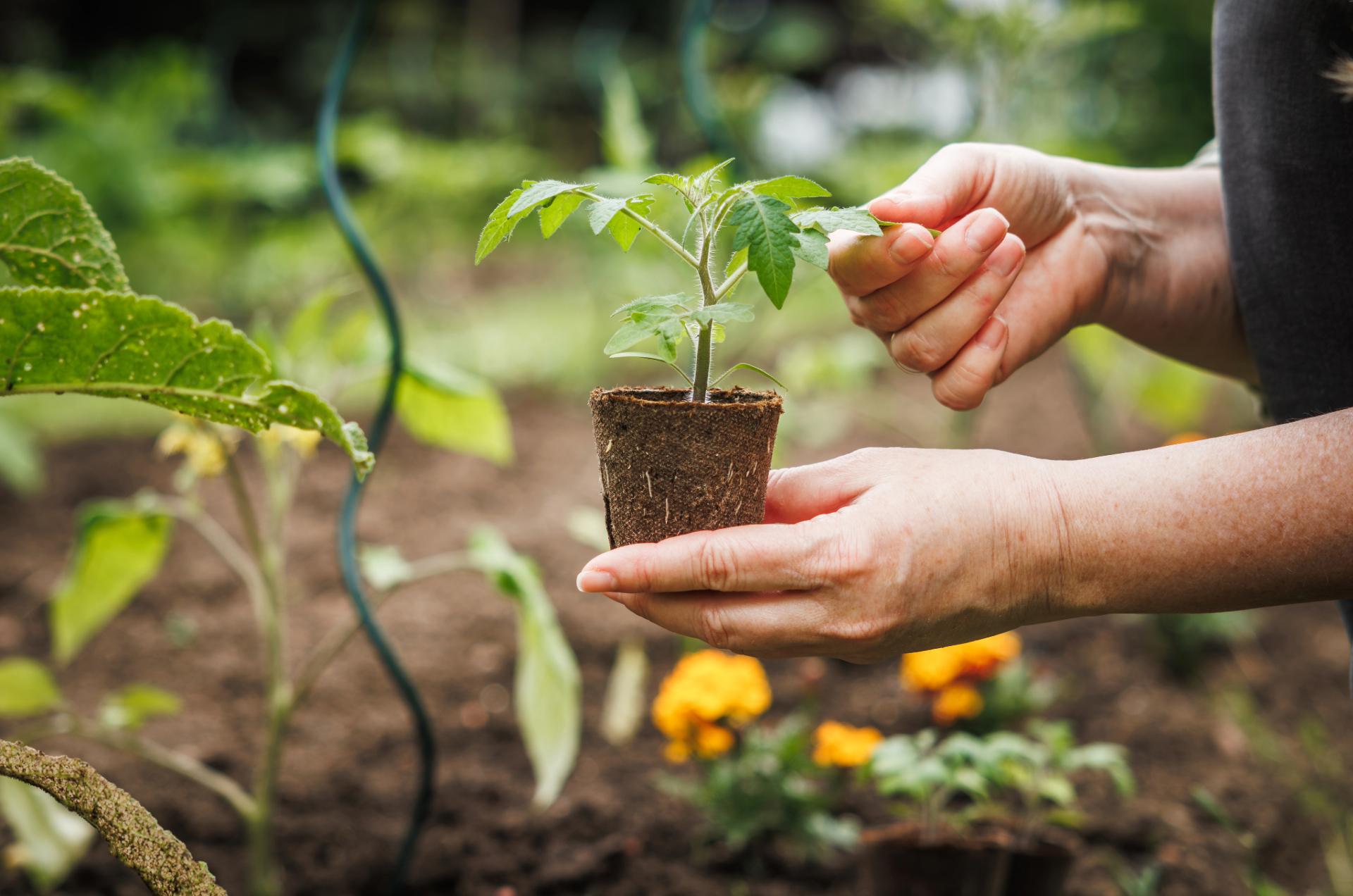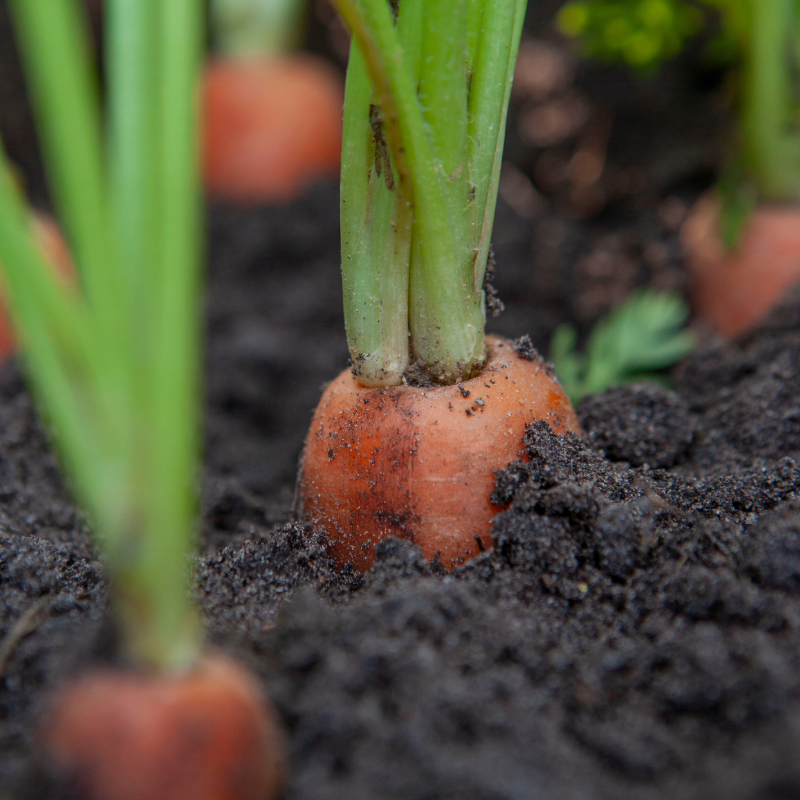
How to Condition the Soil Before Planting
May 21, 2021If you are new to hydroponics and are still learning how to garden, one of the main fundamentals you should master is how to condition the soil before planting and how to condition the soil surface. This not only will help you determine whether your planting is successful, but it is also going to determine the health and harvest of your plants. In order to be prosperous in hydroponics as well as any vegetable garden, you need to learn how to properly treat and condition the soil for organic matter. This article is devoted to teaching you how to properly use media to condition your garden soil type for your hydroponic herbs.
Hydroponics is also, by definition, a way of growing plants in a controlled atmosphere. The most common sort of hydroponics is in a garden bed. The hydroponic media which is used to grow plants in this environment includes gravel, perlite, vermiculite, and clover. When selecting these materials for your garden beds, you must be sure that they are suitable for your plant’s needs. Your chosen media must allow hydroponic nutrients to be delivered into the roots of your own herbs to ensure healthy soil, and in addition, to drain any excess water from the plant. Your chosen media should also be free from any foreign material such as salt or pesticides which could prove detrimental to your herbs, as would clay soil or sandy soil. Clay soil and sandy soil should be dealt with promptly to avoid growth issues. Compacted soil is also a concern as it, too, can cause problems with growth.
If your planting attempts do not go well, or your media does not work, you may have to do a soil test to check for poor soil or soil particles with soil condition issues. This may be accomplished by digging a little hole inside your garden soil, covering it with a plastic bag, and taking a soil sample. For the soil testing evaluation, add two teaspoons of gypsum and four tablespoons of lime per cubic foot of dirt. Once you have found the right amount of gypsum and lime, mix them up with all the other ingredients. Form a paste with your hands and break it into a powder.
How to Fertilize Soil Before Planting
To enhance the quality and texture of your soil, you should place a gypsum-rich organic mulch on top of the topsoil as a soil conditioner. Be sure to put it in a place that receives sunlight. Don’t use rotted manure as it won’t be good for your plants and can lead to poor soil. This can make future soil conditioning more difficult. Place this organic fertilizer within a few inches of your crops, where it will help the roots absorb the organic nutrients that they require. To fight pests, you can make use of herbicides or pesticides that contain natural ingredients like composted manure and green manure. You may consider starting and using a compost pile. These will help repel pests like ants, which may ruin the quality of your plantings and prevent healthy plant growth as it leads to poorer soil quality, soil organisms, and soil texture.

Concerning fall planting, the first week of summer is the ideal time. The soil needs to be warm and filled with moisture, meaning that you might want to use potting soil instead of the garden soil that you placed in the windows during the hot days of summer. Be sure that you select containers that are as broad as possible so that you can spread out all your plants to benefit from all of the sun and shade. Make sure you mulch the soil around your plants to help retain moisture and good organic material. You want wet soil but not flooded soil. You also want the soil temperature to be ideal, so that the plant nutrients can be properly absorbed for optimal plant growth.
How to Add Organic Matter to Soil
Additionally, it is very important to fertilize your garden with compost tea. Compost tea is rich in all kinds of nutrients you will need to cultivate your plants for a healthy growing season. If you’re planning on planting, say, tomatoes in your backyard, you should plant them about six to eight inches deep so that they will get the sun they need to flourish. Additionally, you should add compost tea to your soil so that it’ll be fertilized with the compost as well. When the plants start to bloom and show their beautiful colors, you will be glad that you had this essential step in your successful gardening skills.
When you’re ready to harvest your crops, you need to understand how to prepare the soil before you begin harvesting. There are many useful books that will teach you how to prepare your garden beds for harvest, but there are also many things which you can do to prepare the soil for growing vegetables. 1 thing you could do is to use a vegetable spray or herbicide to prevent weeds from taking root in your beds. It is also possible to plant a wide assortment of herbaceous plants, such as herbs that grow on your deck, patio, and even on your flowerbeds. The scents of the other plants will attract bees and other insects that will help your garden’s soil grow to become rich in nutrients.
How Do You Prepare Soil for Growing Vegetables
Another helpful tip when it comes to how to condition the soil for better growing conditions is to plant your own edibles in containers. By doing this, you can ensure that your soil has lots of moisture because you won’t have to water your plants directly. Containers are also easier to move around in the event that you intend to move them from one spot to another.

To be able to grow plants well you need to know how to condition the soil properly. If you don’t learn how to do this properly your plants will not thrive. It’s not only about the seeds you plant, but also the sort of plant you have. There are three different types of hydroponics systems: trickle systems, air systems, and media systems.
Incorporating a Drip System
A drip system is one in which plant roots go into the soil in early spring. The press is then injected into the root canal, so the roots can grow. The animal manure used to create the media is used to help improve the soil structure. This helps the plant to get used to the nutrient-rich media and make it easier for it to grow.
Drip systems work well for seeds that germinate in moist soil, such as the ones that are sown in the autumn or winter. They work less well with deeper soils, or soils that hold more water. For these kinds of seeds, you’ll need deep perforated soil, such as perlite.
Air systems work much the same as a drip system, except the press goes into the plant’s root area in the spring. As the plant grows, the media is pumped out. This is good if your area has a lot of weeds. The weeds will rust and the topsoil will be filled with nutrients. This makes the plant more powerful.
The third kind is networking purifier. It’s a product that you spray onto the plant after it’s completed growing. It helps condition the soil and helps it keep moisture in during the summer months. Sweetfern is among the easiest plants to keep with this method. You only need to spray it at the plant for about a week until you are starting your new expansion, and as the roots grow in, they will work to push the weed roots out.
Soil Preparation Methods
This leaves the plant using a cleaner, crisper looking stem and the roots with more space to grow. This is how to condition the soil for new growth on tall shrubs. The best time to fertilize is just before the plant starts producing leaves.

To learn how to condition the soil for tall fescue, you need to take them outside for a couple of days. Tall fescue is not planted to grow quickly. They grow slowly and much more naturally than many other plants. Your goal when planting tall fescue will be to ensure that they can develop to their maximum height in one growing season. That’s why you must allow them time to acclimate to their outdoor environment before planting them back into the home.
Conditioning your soil for herb gardening can be done almost as quickly as you plant the herbs. It doesn’t matter if you’re planting your initial plant or whether you have been conditioning your herbs for some time. The herbs will be fitter, your lawn will be better and the entire garden center will look much better. Go ahead and enjoy the joys of healthy green grass and beautiful flowers! All it requires is a little bit of patience and a few precious minutes every day to condition your own herbs. Then you’ll be well on your way to enjoying the great outdoors and blooming garden flowers.
It’s best to start new plants in pots. When you plant a seed, you plant the soil directly onto the seed. Soil that has been sown will not penetrate deeply and doesn’t provide the appropriate nutrients needed to help the plant grow. Plant seeds in precisely the same manner you’d plant a vegetable.
Tall fescue, bluegrass, and ryegrass all grow best in rich soil that is slightly acidic. So make sure you get good quality potting soil with a great deal of organic matter and lots of breakable topsoils. Perennial ryegrass likes well-drained soils that are slightly acidic. Bluegrass needs rich, deep soils with lots of nitrogen and phosphorous.
Something else that goes into helping your bud plant grow up to its full potential is making certain the lawn area gets some sunshine all day long. All of us know that sunlight can do some damage, but in the summer it can be extremely beneficial. Grass grows best when the soil is exposed to sunlight for longer periods of time, especially during the cooler times of the year. If you don’t let the lawn get any sunlight, it is going to turn brown before you know it! Go ahead, get out your grass clippings, and begin cleaning up!

